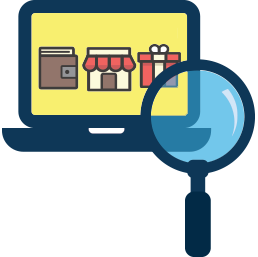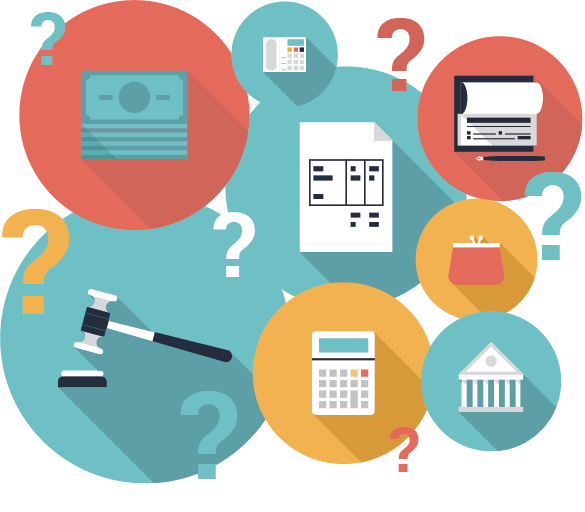Last week we discussed strategies for procuring buzzworthy auction items and preparing donors to bid. Today we explore another essential piece of the auction planning process: setting opening bid prices.
You spend months preparing for the annual auction, but when the night comes, you have just a few hours to meet your fundraising goals. So how can you set the starting bids and bid increments that best maximize your chances for success?
The process can be a balancing act: Starting points that are too high may discourage bidding, while opening bids that are too low may limit revenue.
Here are 4 questions to help you think through this important process.
1. What is the fair market value (FMV) of my items?
The fair market value (FMV) of an item describes its worth relative to similar items on the market and what buyers might pay. Knowing your item’s FMV is a good starting point for determining an appropriate opening bid.

However, many one-of-a-kind, unique items can’t easily be valuated—which is exactly why they generate the most “buzz” and highest bids. Here you’ll have to look for other possible benchmarks to determine an FMV.
For example, a jeweler may have handcrafted a gorgeous necklace specifically for your event, or your local baseball team may have donated 10 box seats along with a tour of the stadium and other VIP perks. As a starting point, you could find the price of a similar necklace or 10 box seats and go from there, since you can be certain your unique item is worth more than these baseline amounts.
2. Is my auction a buyer’s or seller’s market?
Now that you have considered your item’s FMV, your starting bids should reflect the kind of buyer environment you expect to have.
Auction environments tend to fall in one of two categories:
- A buyer’s market: Having more items than buyers. Procuring an abundance of items is a nice problem to have, but putting them all up for auction decreases bidding pressure, encourages “bargain hunting” and makes it harder for bidders to make decisions.
- A seller’s market: Having more buyers than items. Auctioneers note limiting items to about 1 for every 6 to 7 attendees keeps bidding competitive and exciting.

The perceived value for intangible or exclusive items can vary dramatically from person to person. Instead of announcing an estimated FMV up front, which may limit your return, present these items as “Priceless” and see where the bidding goes.
If you suspect your auction has the makings of a buyer’s market, one easy way to swing back into a seller’s market is to bundle items into packages; you can also save extra items for other fundraising events.
Once you have successfully maintained a seller’s market with fewer and more unique, desirable items, you can likely start bids at 30 to 40% of their FMV.
In any case, exceptions can be made based on the item’s expected demand (see inset, Setting an Item’s Value as “Priceless”). Red-hot items sure to attract bidding, like sold-out concert tickets, can start higher to reflect their value and exclusivity.
Consignment Items
If you’re including no-risk consignment items in your auction, like Winspire’s unique travel Experiences, you’ll want to take a different approach here. Since consignment items come with a base price for the nonprofit (the cost for your organization to sell the package), it’s recommended that you start bidding at 20% above the Nonprofit cost. Not only does setting a higher price for “wow”-worthy items ensure a profit for your organization, it raises the perceived value of the trip and increases interest among major donors.
3. Do my bid sheets facilitate easy bidding?
To simplify the bidding process and eliminate the need for calculations, try filling bid sheets with predetermined bid increments. One rule of thumb to consider:
| If the item is below $125 | $5 increase in bids |
| Between $125 to $300 | $10 increase in bids |
| $300 and up | $25 increase in bids |
In a live auction, a skilled auctioneer will know how to best raise bids for each item.
→ Expert resource: For more help on making a great bid sheet, including an easy-to-use template and instructions, check out our “Bid Sheet 101“.
{{cta(‘ae694218-37a5-4aaf-9f14-f6f2b91ccd2f’)}}
4. Is this item appropriate for a “Buy-it-Now” option?
Featuring a Buy-it-Now option on your bid sheets can be a good strategy to capture donations from guests who want to support your cause without competition.
What’s a fair Buy-it-Now price? If you look at eBay, Buy-it-Now prices must be set at least 30% higher than the starting price, but it’s entirely up to you what might be appropriate. Consider the highest bid your item might realistically attract. Auctioneers assert that Buy-it-Now options for proven bestsellers like wine, restaurant gift cards and cigars can even be 135 to 150% of the FMV, depending on the item. No one has to choose this option, but it’s nice to have available. If you’ve held previous auctions, see how much similar items have garnered in the past.

Like minimum bids, we typically recommend a Buy-it-Now price of at least 20% above the Nonprofit price to secure a profit—but the thrill of a charity auction often allows items to go for much more than their face value. So you can adjust this figure based on your audience’s spending potential.
Starting bids can influence audience participation, excitement, and ultimately how much money your organization raises per item. We hope thinking through these questions helps you come up with bid openers that best encourage your audience to participate, have fun and support your cause.
We want to hear from you! What strategies do you use when determining opening bids? What have you observed to be effective or not effective? Let us know in the comments below!
{{cta(‘91403318-3ab0-4603-a312-9e2a6613faac’)}}

